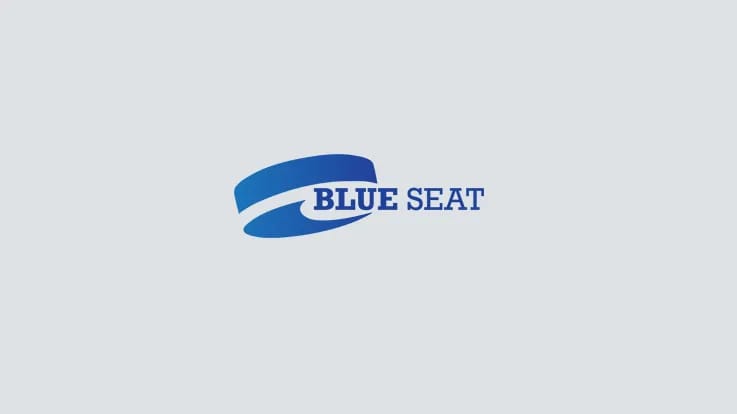
The once vaunted NY Rangers powerplay had become a shell of itself. Sure, they sit at a 23.7% conversion rate, good for 14th in the NHL, but that is a far cry from last year’s 4th best powerplay in the NHL. While last year’s iteration sat at a tick above 25%, there’s a different feel to this year’s powerplay. It’s stale and predictable. The stale NY Rangers powerplay needs additional adjustments if it wants to get back to the feared powerplay it once was.
Stale NY Rangers powerplay is predictable
Get the puck to Mika Zibanejad.
Six words to summarize the stale NY Rangers powerplay. That’s the primary strategy. Get the puck to Zibanejad on the off-wing and let him fire away. It worked last year when no one expected the Rangers to have a top-five powerplay in the league. This year, teams are taking away the passing lanes to Zibanejad, and those opportunities aren’t coming as frequently.
Many comparisons are made to the prime Washington Capitals powerplay with Alex Ovechkin. There are two key differences. The first is simple: Zibanejad isn’t Ovechkin. Ovechkin can do more with poorer angles and errant passes. He’s the best pure goal scorer in the history of the game. That’s not a fair comparison for Zibanejad.
The second, and key difference from the stale NY Rangers powerplay, is they have other options. Specifically, TJ Oshie from the bumper role has set plays to get open and get shots on net. Historically, they’ve had Evgeny Kuznetsov and Nick Backstrom taking shots. In short, it’s not just Ovechkin. The other shooters keep opposing penalty killers honest, which means they can’t just focus on those passing lanes to Ovechkin.
Half the ice doesn’t matter for the Rangers powerplay
Until extremely recently, the Rangers simply weren’t getting others to shoot regularly. Most notably, Artemi Panarin wasn’t shooting. Per Natural Stat Trick, Zibanejad leads the team by a wide margin with 98 shot attempts on the powerplay. Vincent Trocheck (75), Panarin, (71), and Chris Kreider (60) are the next four.
Shot attempts are one thing, getting them on net are another. Zibanejad (59) leads the way, as expected, with Trocheck (44) and Kreider (39) the next two. Panarin has just 31 SOG on the powerplay, and only one powerplay goal.
The issue is clear: Only one half of the ice is producing shots on goal. When you eliminate half the ice, the penalty killers have a smaller area to cover, making it easier to get sticks in lanes to Zibanejad.
Per HockeyViz, the Rangers haven’t changed much on their powerplay. This is clear when watching, as again, it’s simply get the puck to Zibanejad. Also clear is the whole right side of the ice is a cold zone for the Rangers. They don’t shoot from that area. Last year’s powerplay (left) was Zibanejad with Kreider in front. This year they actually get more from the bumper role with Trocheck, covering for Kreider’s return to human form.
Some adjustments made, more needed
Interestingly enough, the stale NY Rangers powerplay, at least the top unit, has made some adjustments. Most teams cycle through two powerplay strategies. PP1 for the Rangers is primarily a 1-3-1 powerplay, while PP2 has rotated between a 1-3-1 and an umbrella. Most teams use those, but the Rangers top unit has actually started mixing in the rarely used spread.
The spread (left image) is generally a 5-on-3 style, but the Rangers have started using it 5-on-4. The difference between the two is clear. We’ve seen Zibanejad, Trocheck, and Kreider shift low to open ice for Panarin on the right to walk in and shoot. It’s certainly a different look and forces the penalty killers to shift. It’s a recent change, but still leaves the Rangers predictable.
Predictability here is when penalty killers see Zibanejad shift low, they know the shots are coming from the other wing with Panarin. When Zibanejad is high, they shift up to block that lane. It’s a good adjustment by the Rangers, but it’s not enough. One adjustment isn’t enough.
Some say the simple answer is to have the Rangers second powerplay unit get more time. Certainly a good argument, but it doesn’t directly address the stale NY Rangers powerplay, which is with the top unit. There’s also a strong counterpoint that the top Rangers unit should be out there for the majority of the man advantage anyway. After all, look at the personnel.
It’s not so simple
The adjustments the Rangers need to make aren’t cut and dry and boiled down to one or two changes. Showing a different look with the spread is a start. Getting PP2 more time, which forces the penalty killers to adjust, is also a good start. But PP1 needs to make more adjustments.
First and foremost, there is a need to get Panarin more involved. Even if it’s not necessarily shots from Panarin, it could be set plays to get Trocheck looks from Panarin’s half of the ice. Think the TJ Oshie tic-tac-toe plays that Washington uses. Plays like that force penalty killer adjustments, thus opening more ice for Zibanejad.
The goal is to get more ice for Panarin, then the path forward is to move penalty killers away from him. Rotating in the spread with more set plays from Trocheck and Panarin on the 1-3-1 is the best adjustment for the Rangers. A one-trick pony powerplay will get shut down by good teams in the playoffs. If the Rangers are serious about making another run, then this is an area the Rangers must improve.
More About:Hockey Tactics
